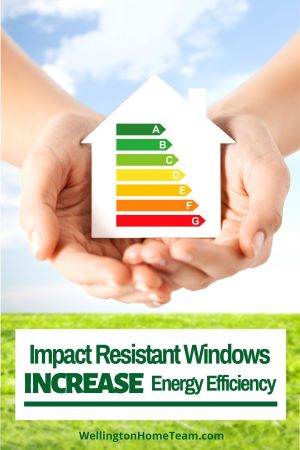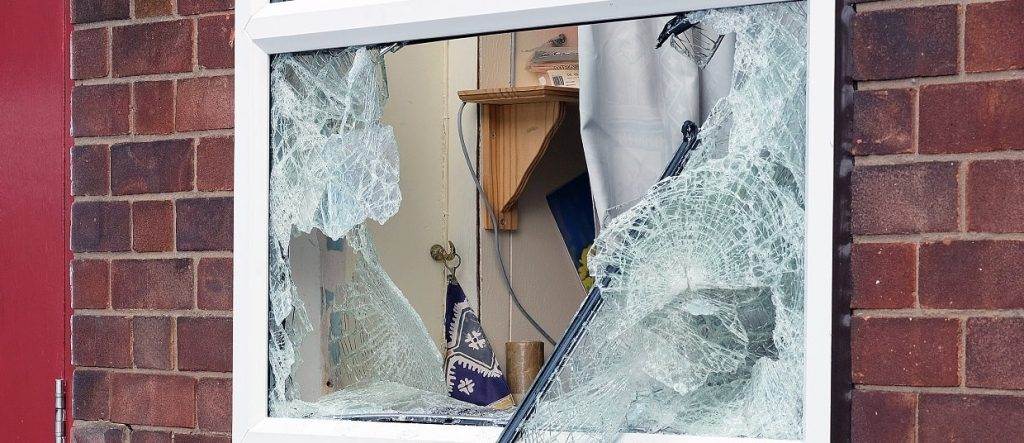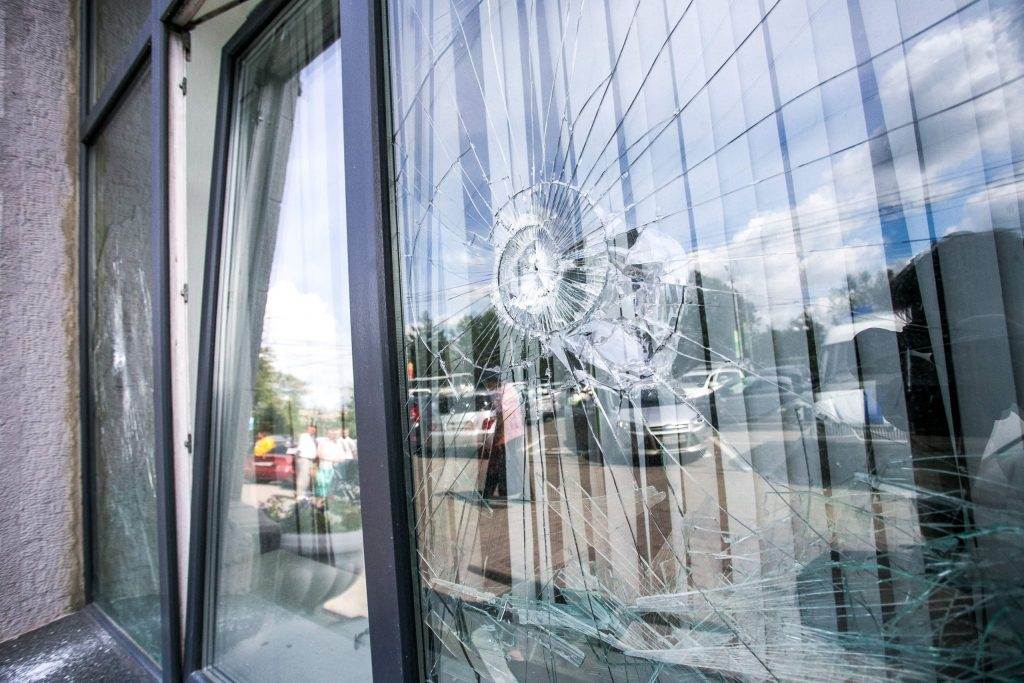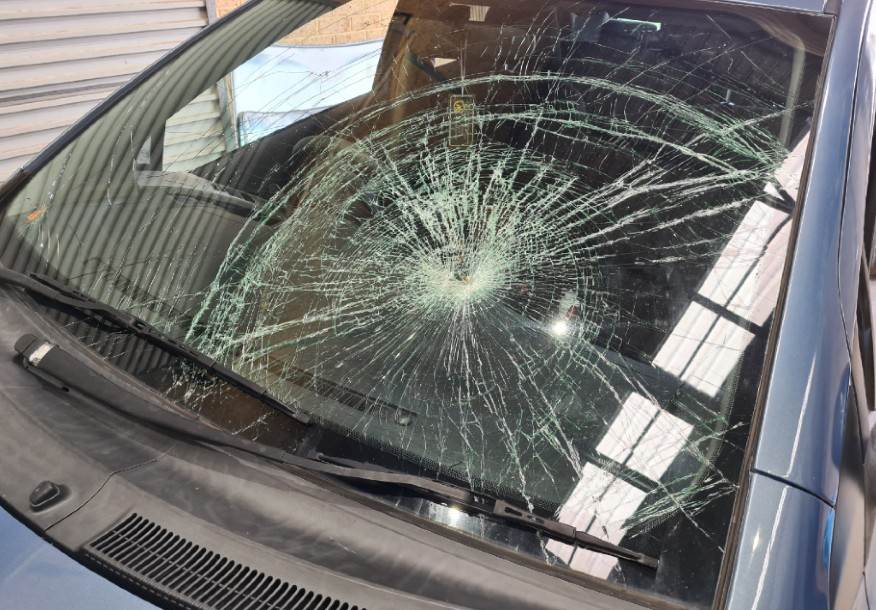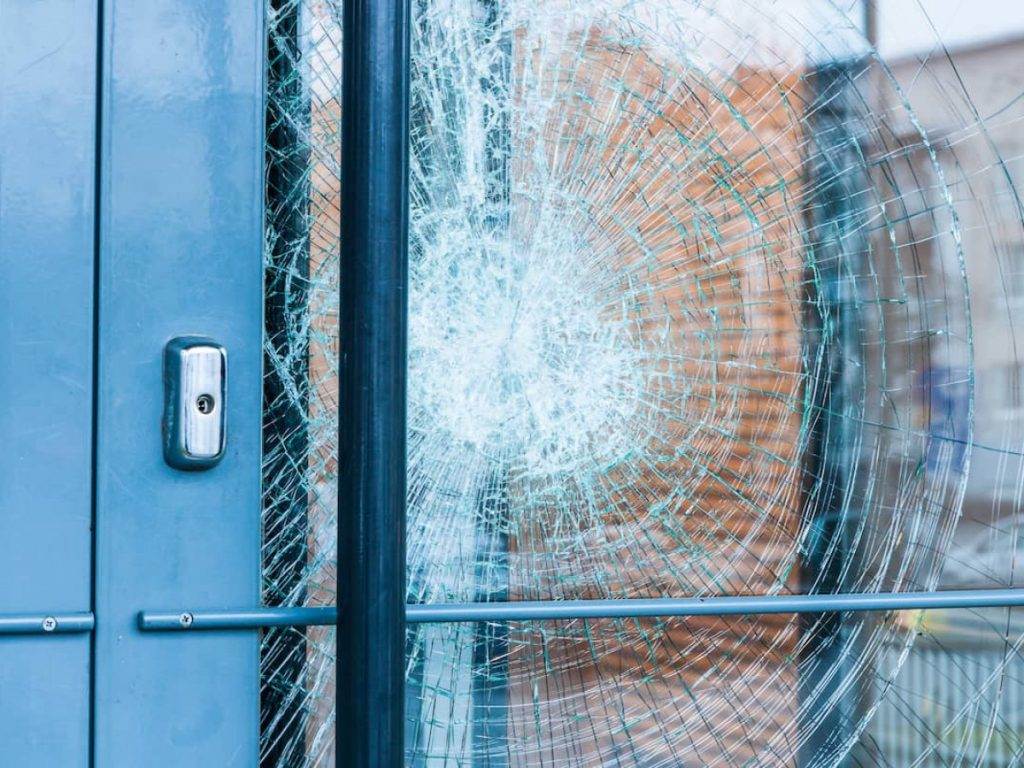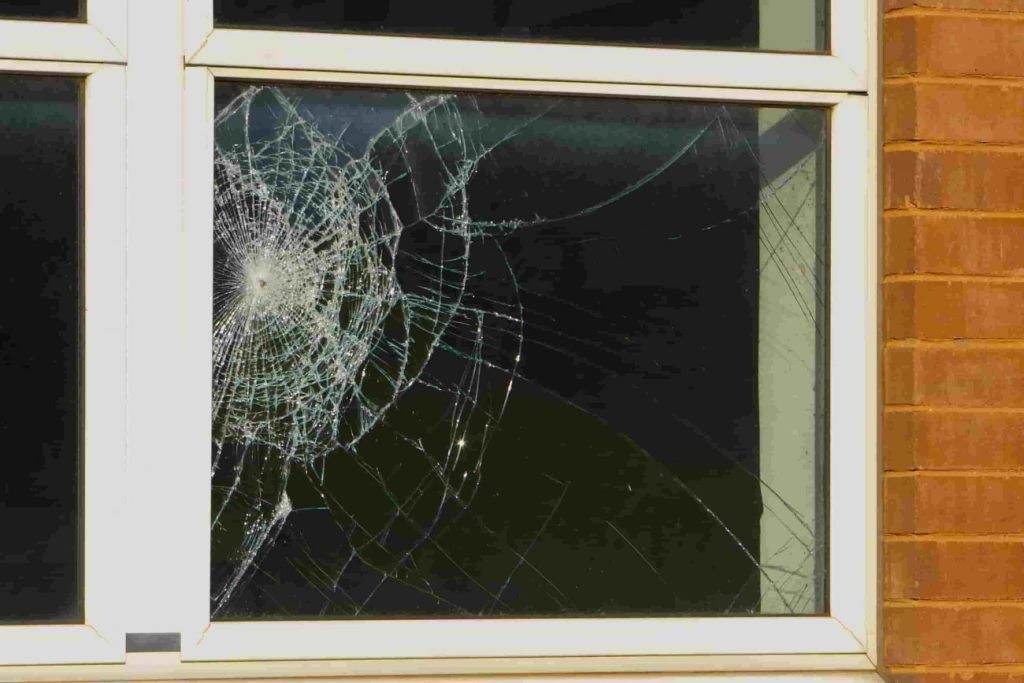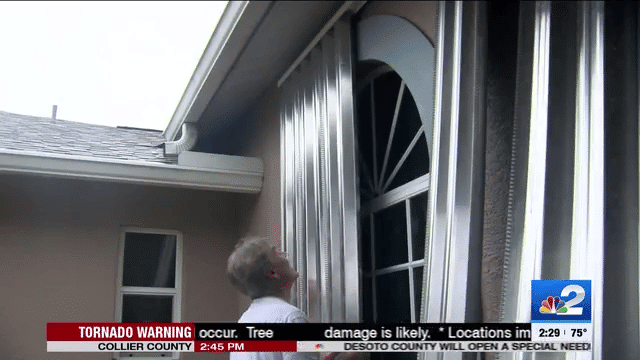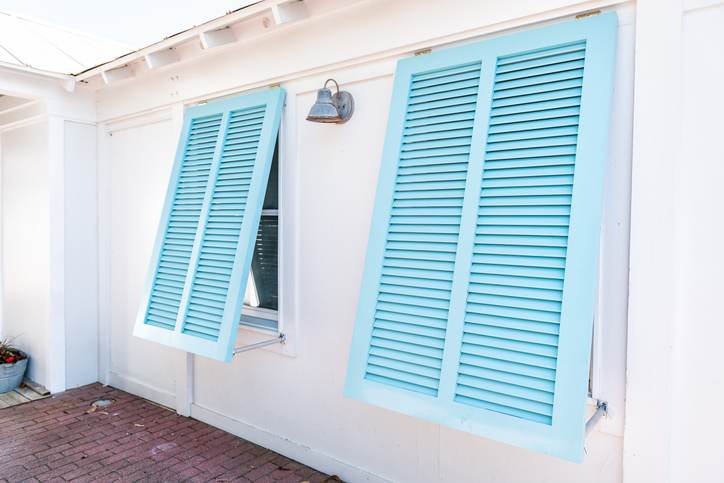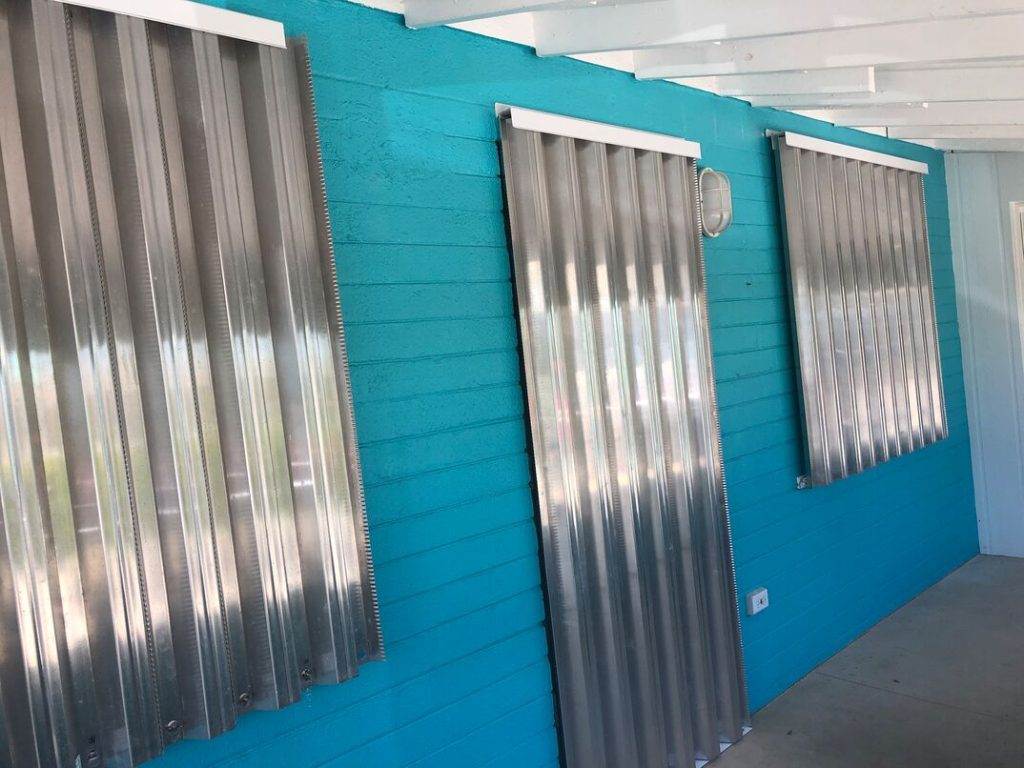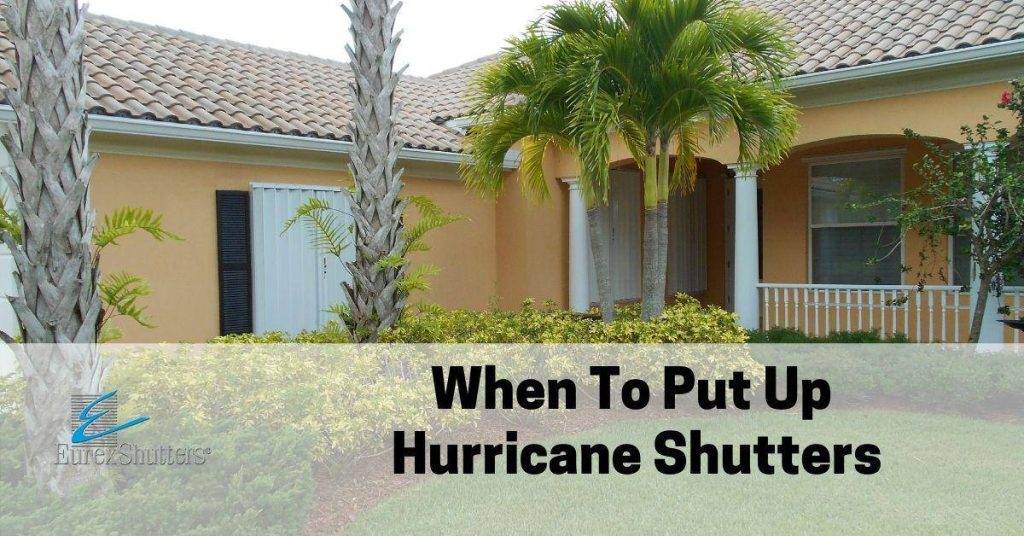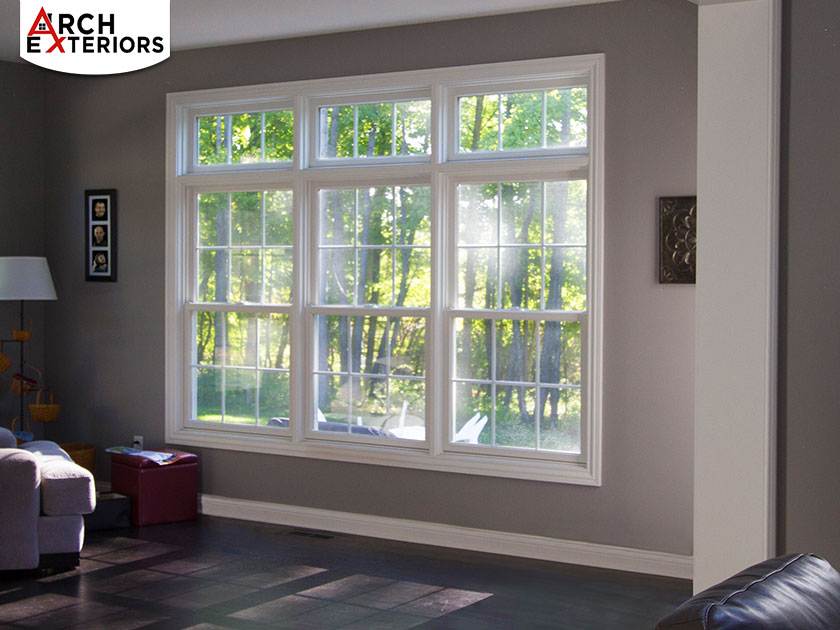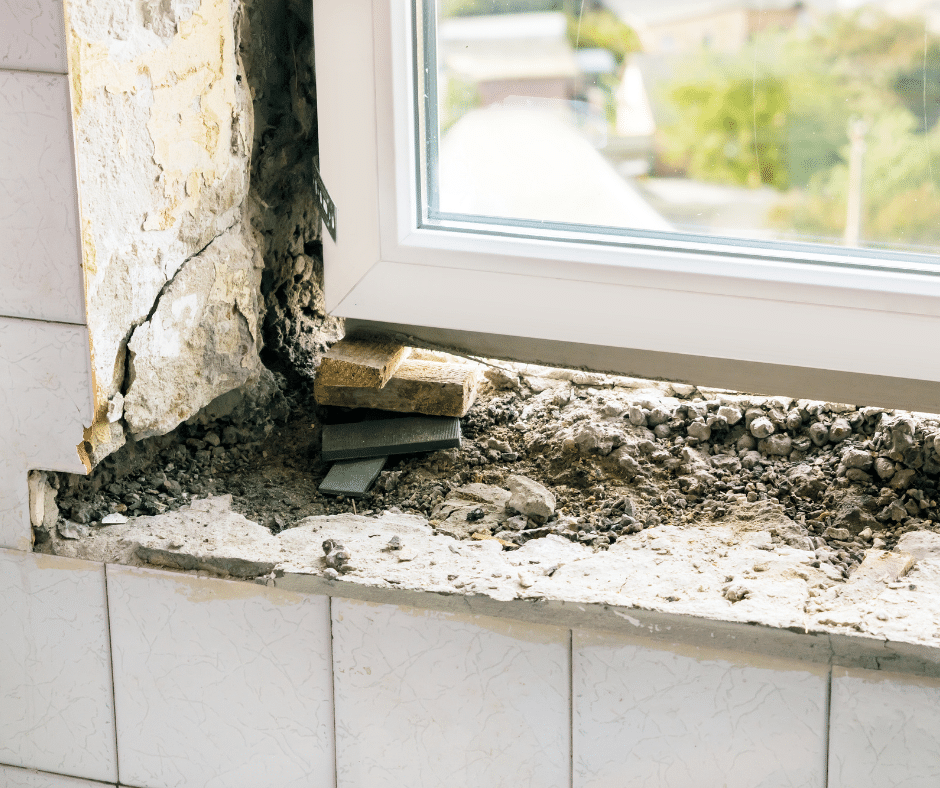Curled up on our couch, rain pelted against our window as we wondered, “Is wind driven rain covered by insurance in Florida?” With our minds clouded with uncertainties, we delved into the depths of insurance policies to uncover the truth. In a state notorious for its hurricane seasons, understanding the extent of coverage provided for damage caused by wind driven rain becomes essential. As the rain poured outside, we sought clarity on the insurance policies that could potentially shield us from the financial burdens of Mother Nature’s wrath.
Overview
Explanation of wind driven rain
Wind driven rain refers to rainwater that is forcefully driven or pushed into a structure by strong wind gusts. This can occur when the wind blows rain against a building’s exterior walls, windows, or roof, causing water infiltration. Wind driven rain can be a significant concern for homeowners, as it can lead to water damage and subsequent costly repairs. It is important to understand the extent of insurance coverage available for wind driven rain in order to protect our homes and belongings.
Importance of insurance coverage
Insurance coverage for wind driven rain is crucial for homeowners, especially those living in areas prone to hurricanes, tropical storms, and high winds. Wind driven rain can cause extensive damage to a property’s structure, interior, and contents. Without proper insurance coverage, homeowners may be left with the financial burden of repairing or replacing damaged property. Understanding the scope of coverage provided by various insurance policies is essential to adequately protect our homes and mitigate potential losses.
Standard Home Insurance Policies
Coverage for rain damage
Standard home insurance policies typically provide coverage for water damage caused by rain. This can include damage resulting from leaks in the roof, windows, or exterior walls caused by wind driven rain. However, it is important to review the specific terms and conditions of our insurance policy to understand the extent of coverage provided. Some policies may limit coverage for certain types of water damage or impose deductibles that need to be met before coverage kicks in.
Exclusions related to wind driven rain
While standard home insurance policies may cover rain damage, they often contain exclusions related to wind driven rain. These exclusions typically apply when the water enters the property due to the force of the wind, rather than through a covered peril like a roof leak. It is important to carefully review the policy’s exclusions to determine if additional coverage, such as flood insurance or windstorm insurance, may be necessary to adequately protect against wind driven rain damage.

This image is property of www.faia.com.
Flood Insurance
Coverage for flood damage
Flood insurance provides coverage for damage caused by the overflow of inland or tidal waters, including wind driven rain that enters a property due to flooding. Unlike standard home insurance policies, flood insurance is specifically designed to cover losses resulting from flooding, including wind driven rain damage. Homeowners located in flood-prone areas are advised to consider purchasing flood insurance to safeguard their property against the devastating effects of water damage caused by wind driven rain.
Exclusions related to wind driven rain
While flood insurance covers wind driven rain damage, it is important to note that flood insurance policies may also have strict exclusions. For example, flood insurance may not cover damage caused by neglect or gradual deterioration of the property, as well as damage to personal belongings that are not located above the property’s base flood elevation. Reviewing the terms and conditions of flood insurance policies is crucial to fully understand the coverage and exclusions pertaining to wind driven rain.
Windstorm Insurance
Coverage for windstorm damage
windstorm insurance provides coverage for property damage caused by strong winds, including wind driven rain. This type of insurance is particularly important in areas prone to hurricanes, tropical storms, and other severe weather events. Windstorm insurance typically covers damage to the structure of a property, as well as personal belongings, resulting from wind-driven rain. Having windstorm insurance can provide homeowners with peace of mind during extreme weather conditions when wind driven rain is highly likely.
Exclusions related to wind driven rain
Similar to standard home insurance policies, windstorm insurance may have exclusions related to wind driven rain. These exclusions may specify the limitations of coverage or exclude certain types of damage caused by wind driven rain. For example, windstorm insurance may not cover water damage resulting from flooding, as this coverage is often provided by separate flood insurance. It is essential to review the terms and conditions of windstorm insurance policies to fully understand the extent of coverage provided.
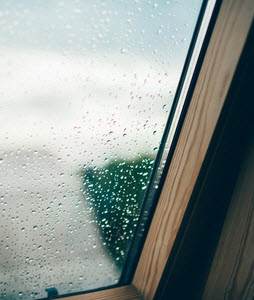
This image is property of gft.law.
Water Damage Insurance
Coverage for water damage
Water damage insurance provides coverage for damage caused by various sources of water, including wind driven rain. This type of insurance is designed to protect against water-related losses that may result from storm events, plumbing issues, or other sources. Water damage insurance typically covers the cost of repairing or replacing damaged property, as well as the costs associated with cleanup and restoration. Having water damage insurance can offer homeowners financial protection against the potentially significant expenses of wind driven rain damage.
Exclusions related to wind driven rain
While water damage insurance may cover wind driven rain damage, it is important to review the policy’s exclusions. There may be specific limitations or exclusions regarding the extent of coverage or the circumstances under which coverage is provided. For example, the policy may exclude damage caused by gradual or long-term water leaks or damage resulting from negligence. Understanding the exclusions in water damage insurance policies is essential for homeowners seeking comprehensive coverage for wind driven rain damage.
Endorsements and Additional Coverage
Additional coverage for wind driven rain
In some cases, homeowners may need to consider purchasing additional coverage or endorsements to their existing insurance policies to obtain coverage for wind driven rain. Endorsements are optional additions to an insurance policy that can extend coverage beyond what is typically provided. These endorsements can be tailored to cover specific risks, such as wind driven rain damage, and can provide homeowners with the extra protection they need. It is important to consult with insurance professionals to determine the most appropriate endorsements to ensure adequate coverage for wind driven rain.
Costs and limitations of endorsements
While endorsements can provide additional coverage for wind driven rain damage, they may come with associated costs and limitations. The cost of endorsements can vary based on factors such as the location of the property, the coverage limits desired, and the insurance company offering the endorsements. It is important to carefully review the terms, conditions, and costs of any endorsements before adding them to an insurance policy. Understanding the limitations and exclusions of endorsements is essential to ensure that homeowners have the coverage they need in the event of wind driven rain damage.
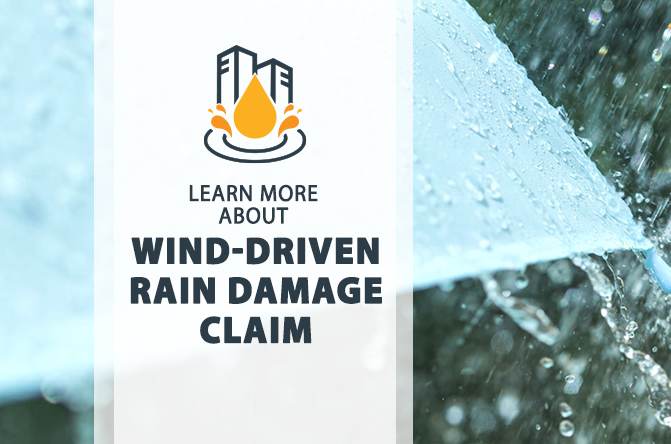
This image is property of www.allcityadjusting.com.
Claims and Documentation
Steps to filing a claim
When faced with wind driven rain damage, filing an insurance claim is the first step towards receiving compensation for the losses incurred. To file a claim, homeowners should notify their insurance company as soon as possible and provide necessary information, such as policy details, a detailed description of the damage, and supporting documentation. It is important to follow the insurance company’s claim filing procedures and deadlines to ensure a smooth and efficient claims process.
Documentation requirements
Proper documentation is crucial when filing an insurance claim for wind driven rain damage. Homeowners should take photographs or videos of the damage, making sure to capture the extent and areas affected by wind driven rain. Maintaining a detailed inventory of damaged personal belongings is also recommended. Any receipts or invoices related to repairs, cleanup, or restoration should be retained for submission to the insurance company. Providing accurate and comprehensive documentation will help expedite the claims process and ensure a fair assessment of the losses incurred.
Tips for Homeowners
Assessing risks and potential damages
To protect against wind driven rain damage, homeowners can take proactive measures to assess risks and potential damages. Conducting a thorough inspection of the property can help identify vulnerable areas, such as aging roofs, poorly sealed windows, or compromised exterior walls. Evaluating the property’s drainage system and gutters can also help mitigate water infiltration issues. Understanding the risks specific to the property’s location, such as proximity to bodies of water or exposure to high wind zones, can aid homeowners in implementing appropriate preventive measures.
Taking preventive measures
Homeowners can implement preventive measures to minimize the potential impact of wind driven rain. Regular maintenance and upkeep of the property, including repairing loose or damaged shingles, sealing any gaps or cracks, and ensuring proper insulation, can help reduce the risk of water infiltration. Installing storm shutters or impact-resistant windows can protect against wind-driven debris and minimize the likelihood of broken windows allowing wind driven rain to enter. Additionally, keeping gutters and downspouts clear of debris and ensuring proper drainage can help divert water away from the property’s foundation.
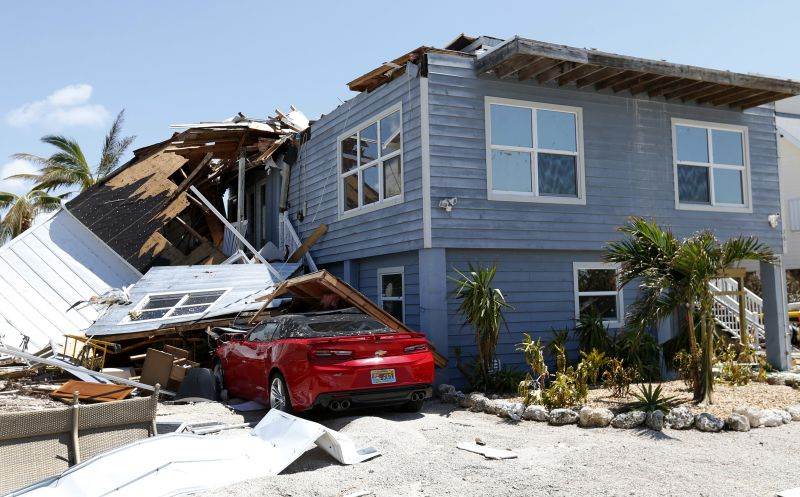
This image is property of images.propertycasualty360.com.
Understanding Policy Language
Reviewing policy terms and definitions
Understanding the language used in insurance policies is essential to accurately assess the coverage provided for wind driven rain damage. Reviewing policy terms, definitions, and clauses can help homeowners understand the scope of coverage, exclusions, deductibles, and limitations. It is important to read policies carefully and seek clarification from insurance professionals if any terms or conditions are unclear. Having a clear understanding of the policy language can empower homeowners to make informed decisions regarding coverage for wind driven rain.
Consulting with insurance professionals
Given the complexity of insurance policies, homeowners may benefit from consulting with insurance professionals. Insurance agents or brokers can offer guidance on the available coverage options for wind driven rain damage and provide insights into the specific policies offered by various insurers. These professionals can help assess individual needs, determine adequate coverage amounts, and suggest appropriate endorsements or additional policies to fill any gaps in coverage. Seeking professional advice can ensure that homeowners have the right insurance protection in place for wind driven rain events.
Recent Changes in Insurance Policies
Updates in wind driven rain coverage
Due to the increasing frequency and severity of wind driven rain events, insurance policies have undergone changes to address this risk. Some policies now provide specific coverage for wind driven rain damage, while others may have revised exclusions or limitations related to this peril. These changes aim to provide homeowners with more comprehensive protection against wind driven rain damage. It is important for policyholders to review their existing policies and stay updated on any recent changes to ensure they have adequate coverage to safeguard their homes and belongings.
Implications for policyholders
The recent changes in insurance policies regarding wind driven rain coverage have implications for policyholders. Homeowners should review their existing policies to assess if the coverage and exclusions related to wind driven rain have changed. This can help determine if additional coverage or endorsements are necessary to adequately protect against wind driven rain damage. Being aware of these changes can empower policyholders to make informed decisions, protect their homes, and ensure financial security in the face of wind driven rain events.
In conclusion, wind driven rain can pose a significant risk to homeowners, potentially leading to extensive water damage and costly repairs. Understanding the coverage provided by standard home insurance policies, flood insurance, windstorm insurance, and water damage insurance is crucial to ensure adequate protection against wind driven rain damage. Additional coverage options, such as endorsements, can be considered to enhance coverage for wind driven rain. Filing a claim in a timely manner and providing comprehensive documentation is essential for successful claims processing. By assessing risks, implementing preventive measures, and understanding policy language, homeowners can better protect their properties and minimize the impact of wind driven rain. Staying informed about recent changes in insurance policies related to wind driven rain coverage is also important for policyholders to make necessary adjustments to their coverage and ensure they have appropriate protection.
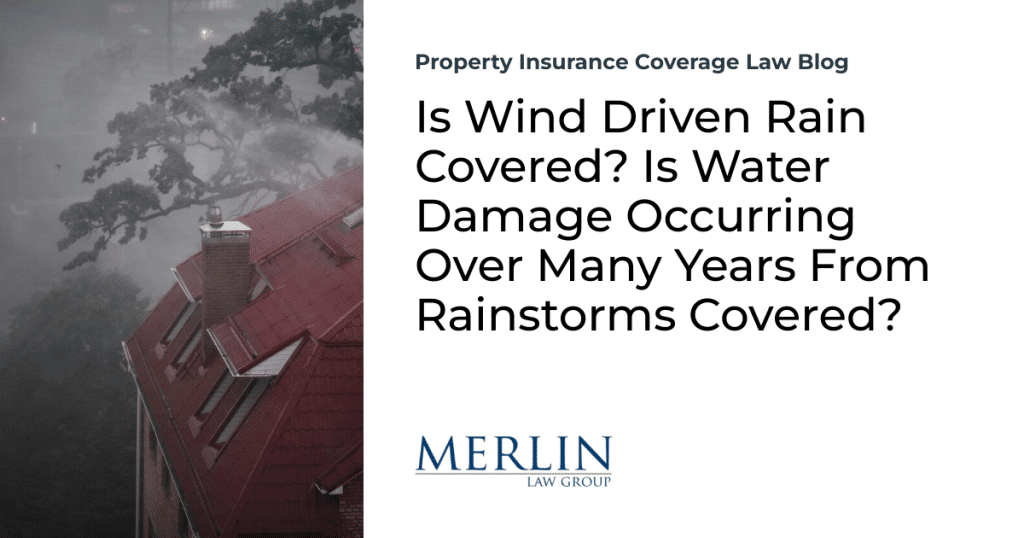
This image is property of images.bannerbear.com.





